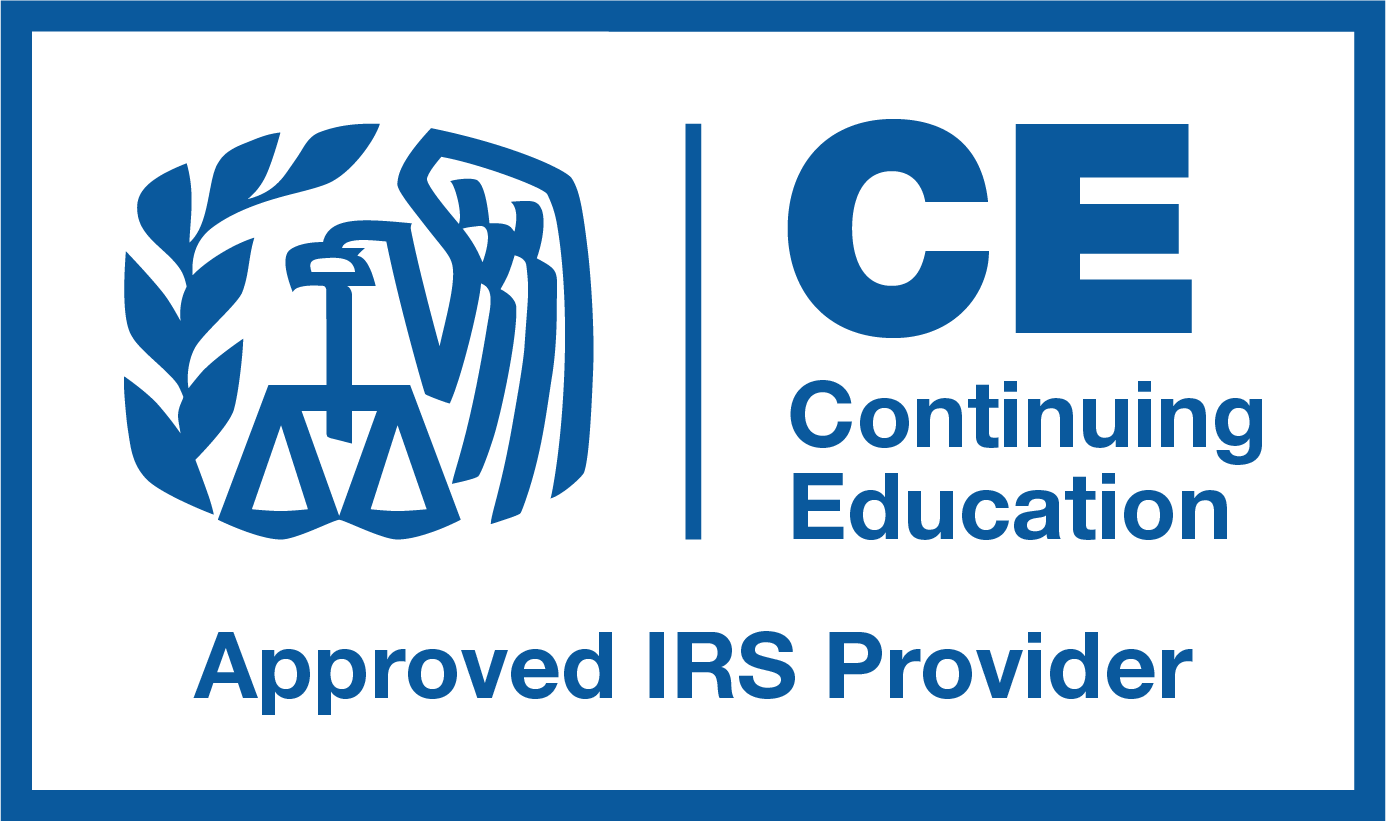Agile Excel: Dates and Times (Video) (Course Id 1817)
| Author : | David Ringstrom, CPA |
| Course Length : | Pages: 3 ||| Review Questions: 6 ||| Final Exam Questions: 10 |
| CPE Credits : | 2.0 |
| IRS Credits : | 0 |
| Price : | $29.95 |
| Passing Score : | 70% |
| Course Type: | Video - NASBA QAS - NASBA Registry |
| Technical Designation: | NonTechnical |
| Primary Subject-Field Of Study: | Computer Software & Applications - Computer Software & Applications for Course Id 1817 |
| Description : | Excel is fraught with nuances, especially when working with dates or times. In this webcast Excel expert David H. Ringstrom, CPA covers the gamut of date and time related functions and features in Excel. He’ll start out with showing data entry techniques for managing date inputs, and work through a variety of worksheet functions. You’ll also discover the Timeline feature for filtering pivot tables based on date ranges, using Conditional Formatting to identify specific dates, using Data Validation to enforce data entry requirements for dates and times, and much more. David demonstrates every technique at least twice: first, on a PowerPoint slide with numbered steps, and second, in the subscription-based Microsoft 365 (formerly Office 365) version of Excel. David draws your attention to any differences in the older versions of Excel (2019, 2016, 2013, and earlier) during the presentation as well as in his detailed handouts. David also provides an Excel workbook that includes most of the examples he uses during the webcast. Microsoft 365 is a subscription-based product that provides new feature updates as often as monthly. Conversely, the perpetual licensed versions of Excel have feature sets that don't change. Perpetual licensed versions have year numbers, such as Excel 2019, Excel 2016, and so on. |
| Usage Rank : | 13333 |
| Release : | 2021 |
| Version : | 1.0 |
| Prerequisites : | Experience working with Excel spreadsheets. |
| Experience Level : | Overview |
| Additional Contents : | Complete, no additional material needed. |
| Additional Links : |
Dates And Times In Excel
|
| Advance Preparation : | None. |
| Delivery Method : | QAS Self Study |
| Intended Participants : | Anyone needing Continuing Professional Education (CPE). |
| Revision Date : | 01-Mar-2024 |
| NASBA Course Declaration : | Participants must complete the final examination within one year of purchase and with a minimum passing grade of 70% or better to receive CPE credit unless otherwise noted on the Course History page (i.e. California Ethics must score 90% or better). After logging in click on the Course History links on your My Courses page for the Begin date and Expire date for the Final Exam. |
| Approved Audience : | Video - NASBA QAS - NASBA Registry - 1817 |
| Keywords : | Computer Software & Applications, Agile, Excel, Dates, Times, Video, cpe, cpa, online course |
| Learning Objectives : |
Course Learning Objectives |
| Course Contents : | Chapter 1 - Agile Excel: Dates and Times Chapter 1 Review Questions Glossary - Key Terms |







